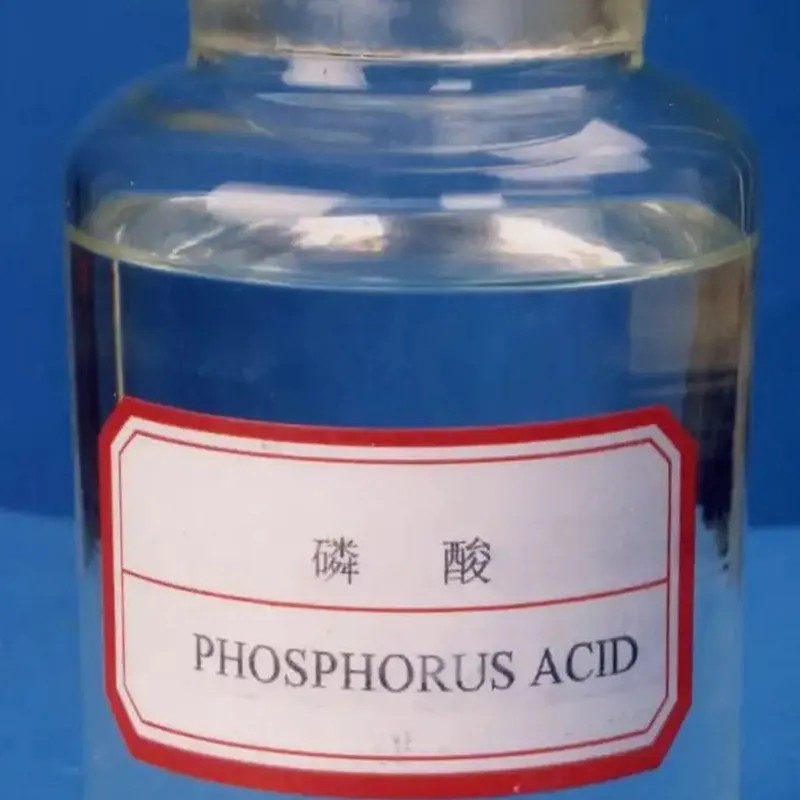
e954 sweetener
Understanding E954 Sweetener An Overview of Saccharin
In the realm of food additives, sweeteners play an essential role in various culinary applications, especially for those seeking to reduce sugar intake or manage dietary restrictions. Among these, E954, commonly known as saccharin, is one of the oldest artificial sweeteners and has an intriguing history and profile that deserves a closer look.
What is E954?
E954 is the European food additive number assigned to saccharin, a compound that was discovered in the late 19th century. Saccharin is synthesized through a chemical process that typically involves o-toluene sulfonamide. It's often used to sweeten a range of products, from soft drinks to baked goods, thanks to its ability to provide sweetness without the calories associated with sugar.
Sweetness and Usage
One of the remarkable properties of saccharin is its incredible sweetness; it can be up to 300 to 500 times sweeter than sucrose (table sugar). This intense sweetness allows manufacturers to use minimal amounts, making it a popular choice in calorie-controlled diets and for individuals managing diabetes. Saccharin is often found in diet sodas, low-calorie desserts, and sugar-free products, allowing consumers to enjoy sweet flavors without the calorific burden.
Safety and Controversy
The safety of saccharin has been the subject of debate for decades. In the 1970s, studies linked saccharin to bladder cancer in laboratory rats, leading to concerns regarding its consumption in humans. As a result, saccharin was banned in Canada and required warning labels in the United States. However, subsequent research revealed that the carcinogenic effects observed in rats were not applicable to humans. In 2000, saccharin was officially removed from the list of substances reasonably anticipated to be a human carcinogen by the U.S. National Toxicology Program.
e954 sweetener

Today, numerous health organizations, including the World Health Organization (WHO), affirm that saccharin is safe for human consumption within established acceptable daily intake (ADI) limits. The acceptable daily intake for saccharin is set at 5 mg per kg of body weight. This indicates that for most individuals, moderate consumption poses no health risk.
Current Trends and Alternatives
As the demand for low-calorie and low-sugar products increases, saccharin remains a staple in the food industry, though its popularity has fluctuated with the rise of newer sweeteners. Alternatives like aspartame, sucralose, and stevia have garnered attention for their improved taste profiles and greater public acceptance. Despite this, saccharin continues to be valued for its cost-effectiveness and stability during cooking and baking, which cannot always be matched by newer entrants to the market.
The Role of E954 in Consumer Choices
With growing awareness of health and wellness, the role of E954 in consumer diets continues to evolve. Individuals looking to manage their weight or blood sugar levels may consider products containing saccharin as feasible options. However, as with any food additive, moderation is key. It is essential for consumers to read labels and make informed choices about the products they include in their diets.
Conclusion
In conclusion, E954 or saccharin has a complex legacy as one of the first artificial sweeteners on the market. While it has faced scrutiny regarding its safety, contemporary research supports its use as a safe and effective sugar alternative. As we continue to navigate the landscape of dietary preferences and health consciousness, saccharin remains a relevant player, offering sweetness without the calories, though its acceptance may vary based on personal taste and health considerations. Understanding its properties and implications can help consumers make informed choices about their sweetener use in everyday life.
-
Comprehensive Guide to Acetic Acid as Preservative: Benefits, Uses & Future TrendsNewsNov.24,2025
-
What Is a Food Additive? Global Insights, Applications & Future TrendsNewsNov.24,2025
-
968 Sweetener: The Modern Solution for Health-Conscious SweeteningNewsNov.23,2025
-
Discover the Benefits and Uses of 965 Sweetener (Erythritol) | Tenger ChemicalNewsNov.23,2025
-
961 Sweetener - A Next-Gen Sugar Alternative for Health and IndustryNewsNov.23,2025
-
Understanding 960 Sweetener: The Modern Sugar Alternative for Health and IndustryNewsNov.22,2025
-
Everything You Need to Know About 955 950 Sweeteners – Benefits, Uses, and TrendsNewsNov.22,2025
Hebei Tenger Chemical Technology Co., Ltd. focuses on the chemical industry and is committed to the export service of chemical raw materials.
-

view more DiethanolisopropanolamineIn the ever-growing field of chemical solutions, diethanolisopropanolamine (DEIPA) stands out as a versatile and important compound. Due to its unique chemical structure and properties, DEIPA is of interest to various industries including construction, personal care, and agriculture. -

view more TriisopropanolamineTriisopropanolamine (TIPA) alkanol amine substance, is a kind of alcohol amine compound with amino and alcohol hydroxyl, and because of its molecules contains both amino and hydroxyl. -

view more Tetramethyl Thiuram DisulfideTetramethyl thiuram disulfide, also known as TMTD, is a white to light-yellow powder with a distinct sulfur-like odor. It is soluble in organic solvents such as benzene, acetone, and ethyl acetate, making it highly versatile for use in different formulations. TMTD is known for its excellent vulcanization acceleration properties, which makes it a key ingredient in the production of rubber products. Additionally, it acts as an effective fungicide and bactericide, making it valuable in agricultural applications. Its high purity and stability ensure consistent performance, making it a preferred choice for manufacturers across various industries.





